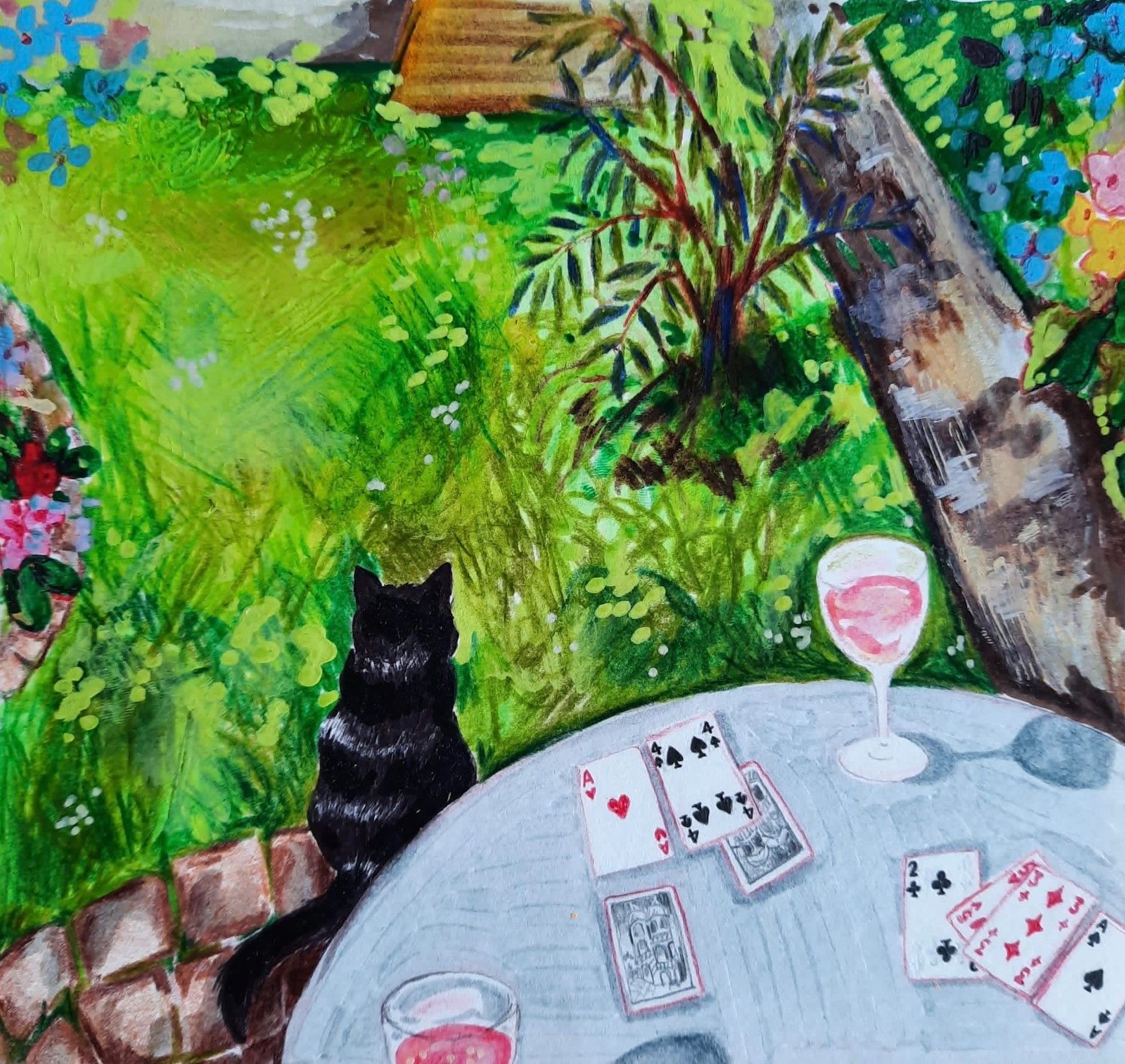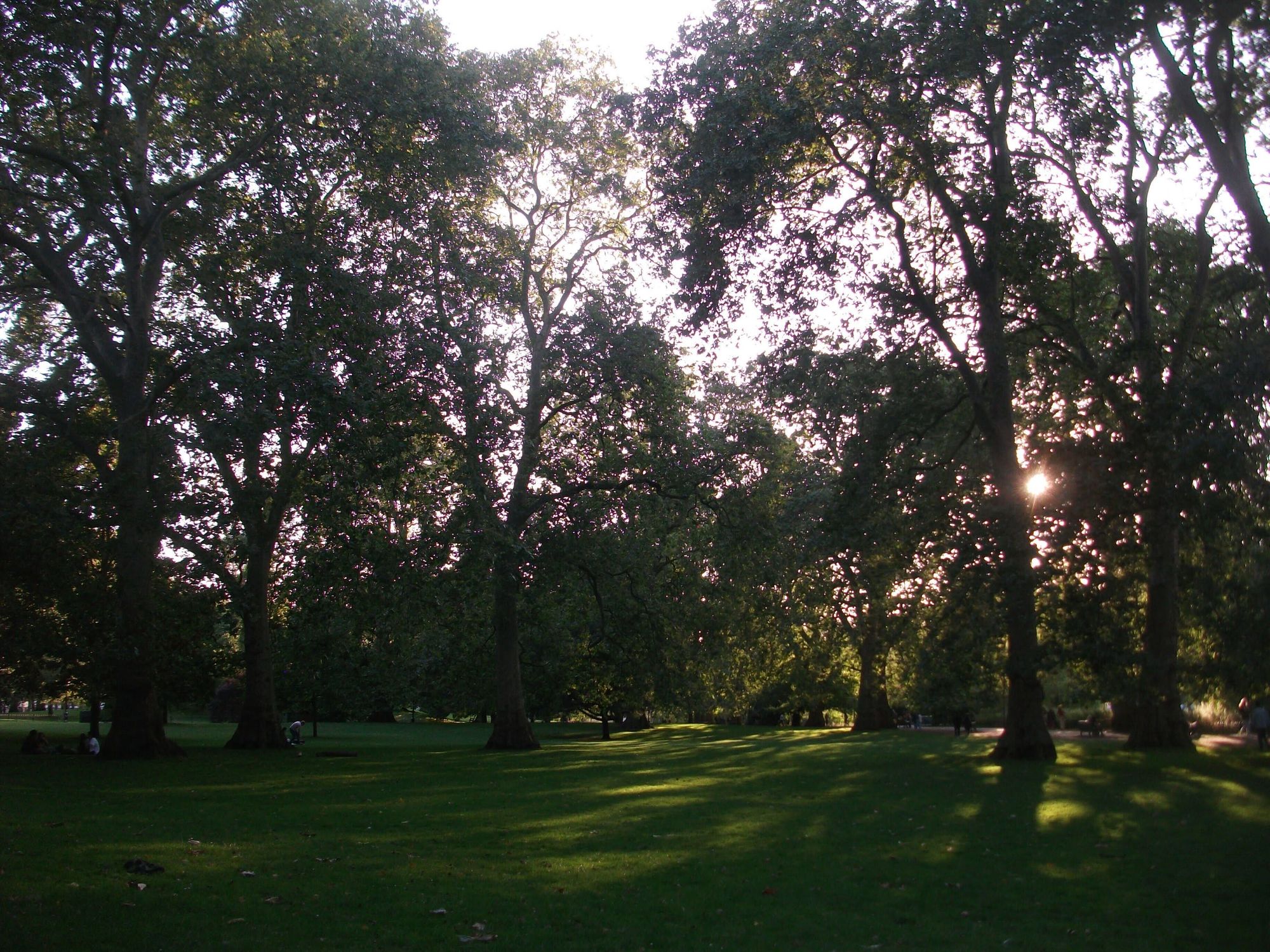By Meg Stoneman, Lifestyle Head Editor
The Croft Magazine // With a new academic year ahead, Meg Stoneman, our Lifestyle Head Editor, encourages us to find the balance between connecting to our roots and being free to roam through resonating with Orlando's oak tree.
With arms outstretched, here begins our Wellbeing & Lifestyle pages — you are so welcome here. I wanted to first take a beat to share what I see and feel for us. By ‘wellbeing’ we wish to say that this is an open space (imagine a sun-dappled green field or a rolling blue sea) which will stay curious about the things which fill our cup, and that which takes away. Our gaze remaining soft on understanding what nourishes and depletes our feeling of energy. Whatever we do, we are in a constant dance of give and take between energetic systems; our attention and time are expenditures from our centre. To have a heartfelt appreciation of this alongside the conscious intention to observe our patterns and undulations, opens a door towards self-regulation and a way of being which feels vibrant, sustainable, and joyfully alive.
To read and write with us is to be in an unrestricted, fluid conversation woven by voices which both listen and speak to one another, carried by a shared commitment to acknowledge the part of us that is a mystery. To call it a conversation may be an understatement, as I see these pages being a curation of pure love free flowing from all directions. May you find an oasis of calm here, as a dear voice in my life once shared with me, may this be the beach you come to rest, lay yourself down whilst listening to the waves coming to shore (may our voices always be written in sand so they can change with us) — peaceful, and something that can always make you feel safe.

Now let us look to Woolf, who always seems to write it just as it should be written, and consistently illuminates the bright spots that much brighter for me:
‘He sighed profoundly and flung himself — there was passion in his movements which deserves the word — on the earth at the foot of the oak tree. He loved, beneath all of this summer transiency, to feel the earth’s spine beneath him […] for he felt the need of something which he could attach his floating heart to; the heart that tugged at his side; the heart that seemed filled with spiced and amorous gales every evening about this time when he walked out. To the oak tree he tied it and as he lay there, gradually the flutter in and about him stilled itself; the little leaves hung, the deer stopped; the pale summer clouds stayed; his limbs grew heavy on the ground’.
With a continued act of surrender like this one, comes an unravelling from fluttering to steadiness — dazed to sure, floating to tethered. Writing this in the late light of summer (our August swirling slowly) and feeling an unexpected clear-skied warmth pressing against me — I feel more aware of this ‘summer transiency’ as Woolf so perfectly manages to get it on the page. As we slide into our academic, campus-dwelling selves -- the summertime steadily ebbing behind our shoulder like light on the water; where do you place your hands and feet so that you feel the earth’s spine beneath you? I try to remind myself to be where my feet are, to hold the ones I love like I’m trying to pour liquid sunlight over them. Thinking about this question, I am reminded of a moment from a few summers ago. I was meditating in the garden and my dad sat next to me, when I opened my eyes, he said something like: how was that? What did you learn? I shared the feeling that there was a line travelling from me all the way down into the earth and the same line of light travelling all the way up; connected, rooted and free to roam. A momentary bliss in which everything stills, perhaps this is a similar feeling of affirmative gravity which Orlando experiences at the oak tree.

Throughout the novel and the 300 years that Orlando dances as a man, woman, and both — there is a place of reverie and soul-magnetised dedication which we return to — the curation of her/his poem ‘The Oak Tree’. The manuscript is weathered and ever-changing just as Woolf’s protagonist changes, all notes in the margins written in sand. Yet it remains the port of return throughout all other exterior metamorphoses, it is Orlando’s ever-fixed mark around which all else rotates and falls away. To capture the radiant feeling of ‘the pale summer clouds’ staying and our limbs growing ‘heavy on the ground’ is a desire which flows akin to the commitment to understand that which grounds us. When we know what fills / empties our cup (or what grounds us versus what sends us floating) we support ourselves in being able to find the sweet balance between the two, knowing which way to sway when we need ground and when we need air. To ignite this conversation is to begin a journey of intimacy, learning about the wisdom and capacity within ourselves to heal and maintain a state of physical, mental, and spiritual well-being. It is a self-study which is a continual dance, one to carry in your pocket as Orlando carries theirs.

I’ll leave you with the original question: what (or who) is your oak tree? Imagine yourself in this same image, ‘he looked as if he were burning from his own radiance, from a lamp lit within’ — in this glow, where are you? Who are you with? I gently encourage you to be there more often, living from a heart-centred and easeful light.

|Featured Image: Charlotte Pang |
| Copy Editor - Lydia Lewis |
| Selected Quotes Taken From Woolf, Virginia. Orlando. Wordsworth Editions, 1995 |









